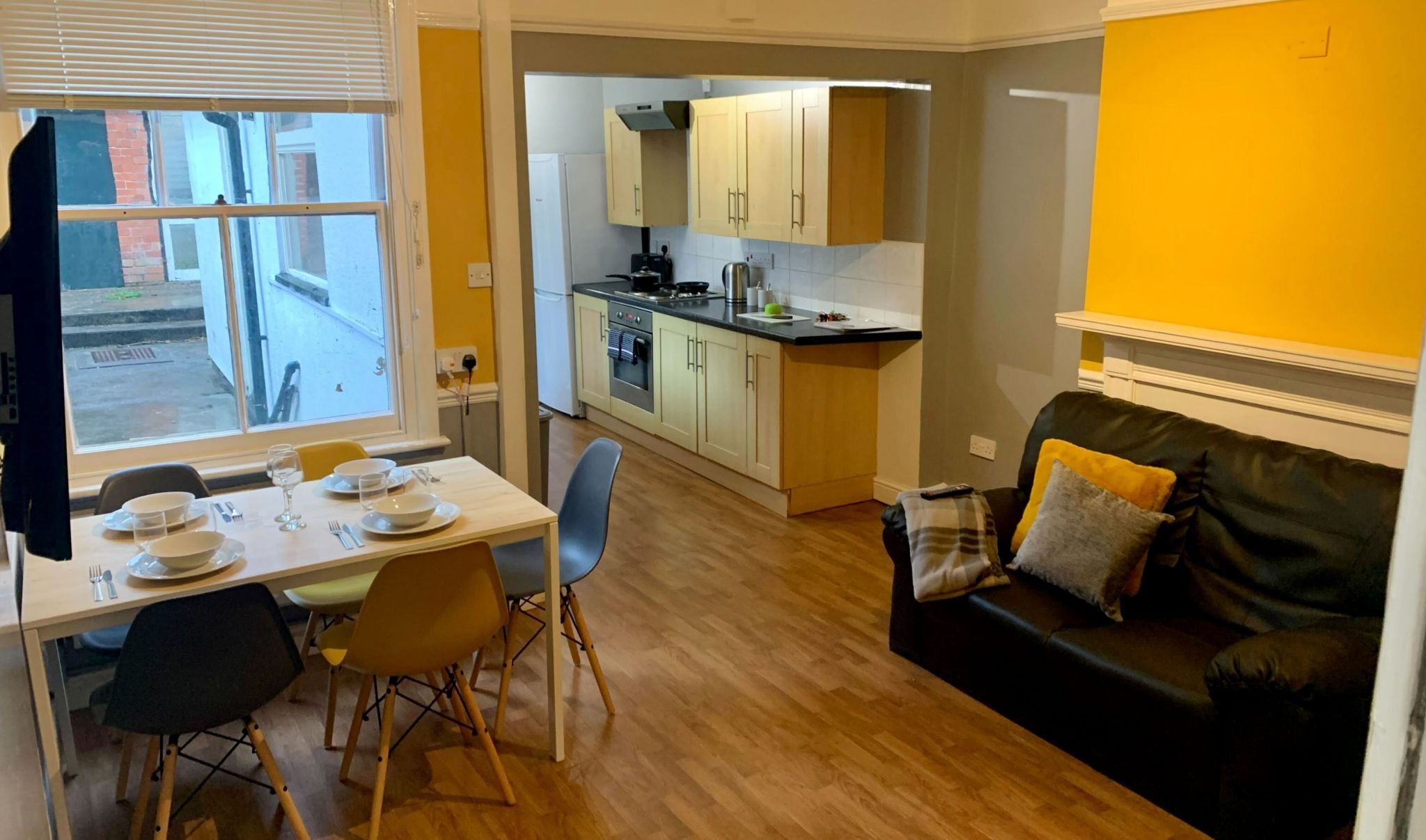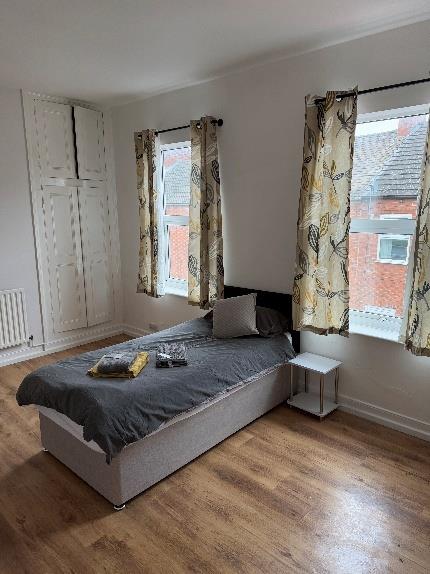
Temporary accommodation (TA) is often portrayed in a negative light—expensive, difficult to manage, and riddled with rogue operators. Headlines like “The Rising Cost of Temporary Housing Burdens Local Councils,” “Rogue Operators Exploiting Vulnerable Tenants,” and “Temporary Accommodation Crisis: A Growing Concern for the UK” dominate the narrative.
It’s a recurring theme in the news and an ongoing challenge for councils and providers alike. But amidst the criticisms and costs, we often lose sight of the human impact of high-quality temporary accommodation. At Living Concepts, we’ve seen firsthand how vital it can be in transforming lives.
The story of Zoe and Jackie, one of our Property Managers, reminds us why temporary accommodation is so important. It’s a story that goes beyond bricks and mortar to illustrate the profound role temporary housing can play in creating stability, opportunity, and hope.

Zoe’s Journey: A Case Study in Compassionate Housing
Zoe came to us before her operation and stayed afterward for her recovery. She was healing from a complex operation while juggling the demands of parenthood. Recovery was not a short process—it required months of healing, care, and rest.
She needed a stable home that could meet her family’s needs and the flexibility that comes with temporary accommodation. Living Concepts provided a three-bedroom property in the city centre of Lincolnshire, giving Zoe and her children the comfort and accessibility they needed during this challenging time.
The significance of this arrangement wasn’t lost on Zoe. Having a safe, spacious home allowed her to focus on her health while ensuring her children’s routines stayed intact. It relieved the immense stress of worrying about where they would live while she recovered. Zoe’s heartfelt words about her experience with Living Concepts capture the difference it made:
“While we have been living with Living Concepts in the temporary accommodation, they have been amazing and so helpful and considerate to our situation. Jackie (property manager) has been so helpful and kind, and I am so grateful for everything everyone has done and are doing to help us.
They have taken the extra stress off me while waiting for my operation and recovery, and they are allowing us to stay here till everything is sorted. I couldn’t ask for any better help and people to be in contact with. Thank you so much for everything you have and are doing for us.”
A Ground-Level Perspective
For those of us in the property and housing sector, it’s easy to view temporary accommodation through the lens of budgets and spreadsheets. We tend to only consider factors like how we can deliver it more cost-effectively or how to balance supply and demand. However, the perspective is entirely different for the team at Living Concepts, particularly those like Jackie, who are on the ground every day. Jackie’s daily motivation is outcomes: helping people live comfortably and move forward.
Temporary accommodation isn’t just putting a roof over someone’s head; it’s about creating a foundation for them to rebuild their lives. The goal is:
- Stability: Providing a safe, suitable space where people can focus on recovery or transition.
- Support: Ensuring tenants have access to guidance and resources, whether they’re applying for long-term housing or developing skills for employment.
- Opportunities: Equipping tenants to sustain tenancies and become self-reliant.
Taking a Long-Term View
The goal of temporary accommodation should always be to reduce reliance on the system in the long term. At Living Concepts, we believe in creating opportunities for tenants to “level up” and gain the skills, knowledge, and confidence to transition into permanent housing and independence. When people leave a temporary accommodation better equipped for life, it’s a win for everyone: tenants, providers, and the wider community.
Reducing reliance isn’t just about cutting costs; it’s about taking a proactive approach to prevent repeat cycles of homelessness. That means focusing on outcomes like job readiness, housing applications, and financial literacy so tenants can thrive once they move on.
The Heart of Our Mission
Zoe’s story is a powerful reminder of why we do what we do.
Yes, temporary accommodation can be expensive and challenging to provide. But when done right, it changes lives. It gives people like Zoe the breathing room to recover, regroup, and move forward.
It ensures that children have a safe, stable environment to grow up in, even during difficult times. And it’s a testament to the dedication of people like Jackie, who work tirelessly to ensure every tenant feels supported and valued.
At Living Concepts, we’re proud to take a human-centred approach to temporary accommodation. It’s not about cutting corners or providing the bare minimum; it’s about making a lasting impact on the lives of those who need it most. For us, that’s the best investment we can make.

Are you a landlord looking to make a difference?
Partnering with Living Concepts means more than just renting out your property. It’s about being part of a mission to transform lives through high-quality housing. Learn more about how you can get involved.